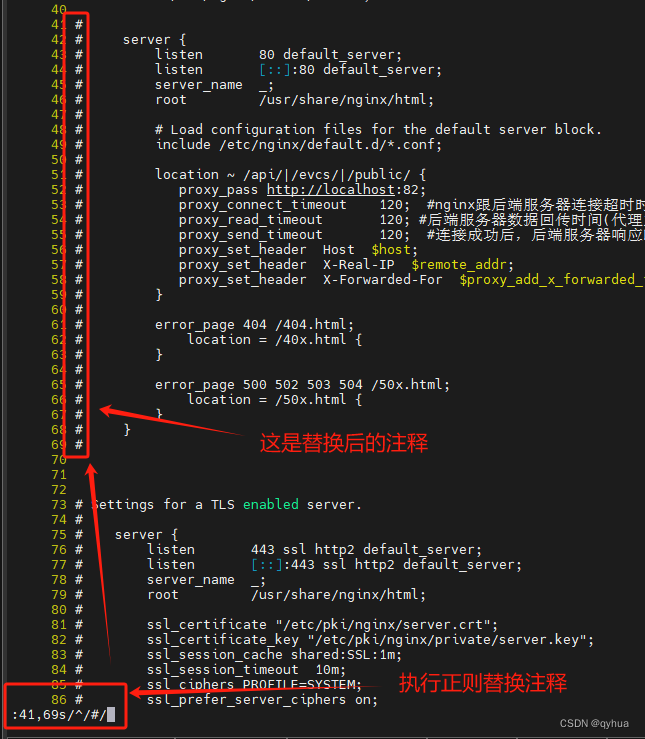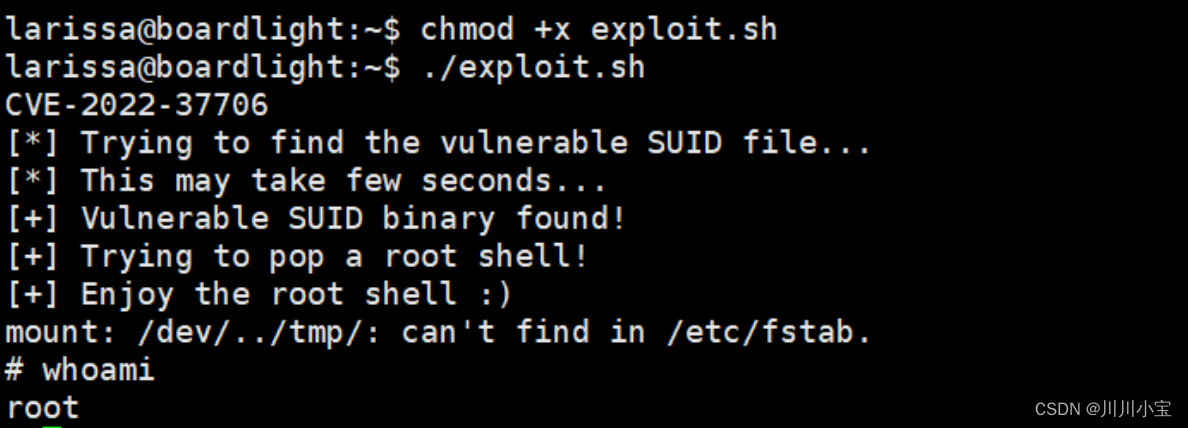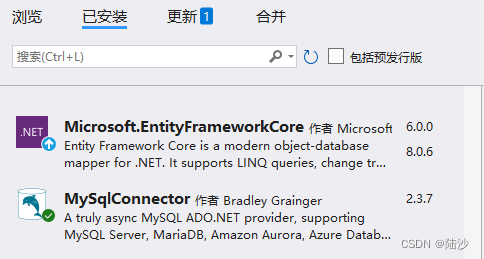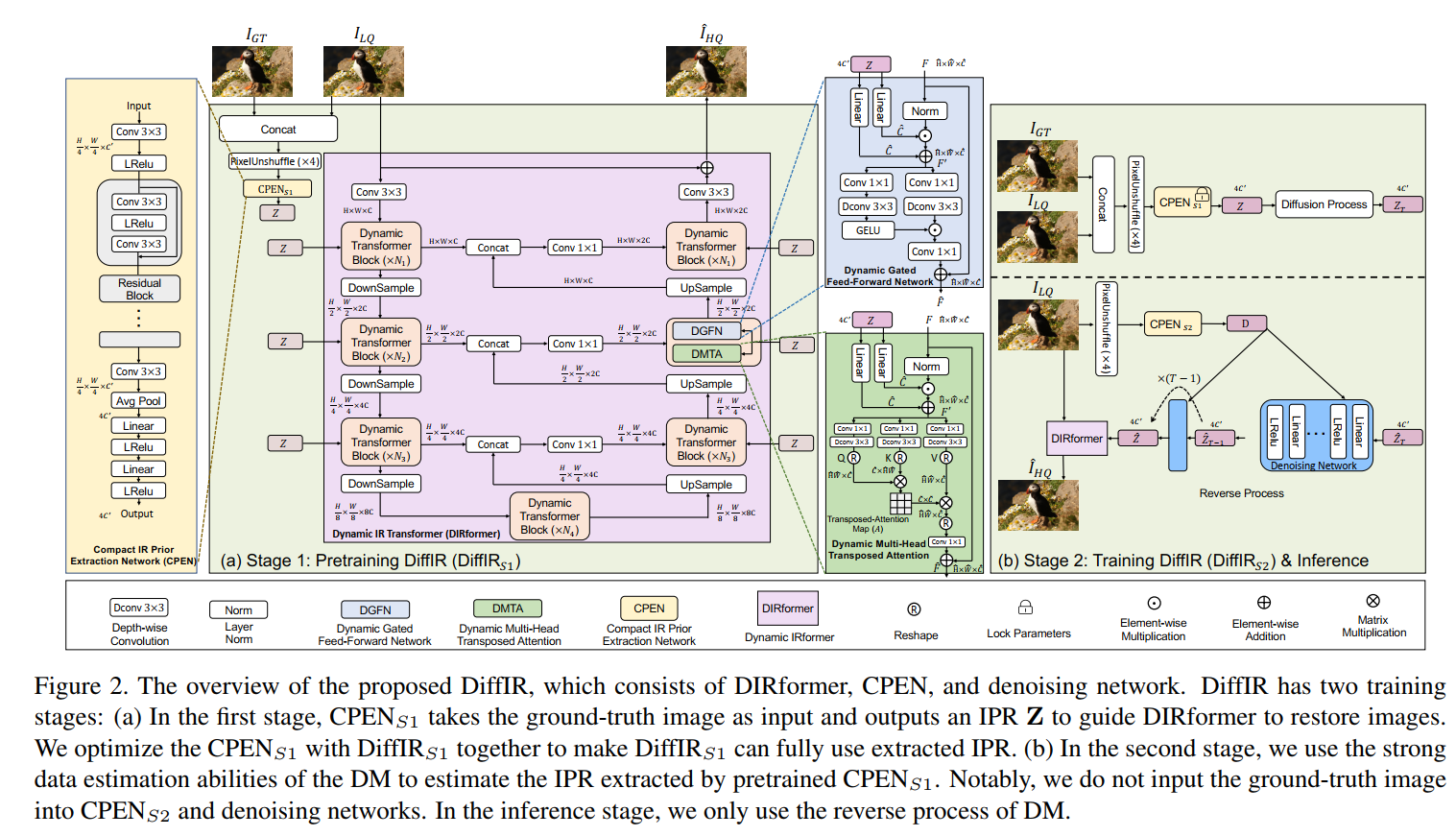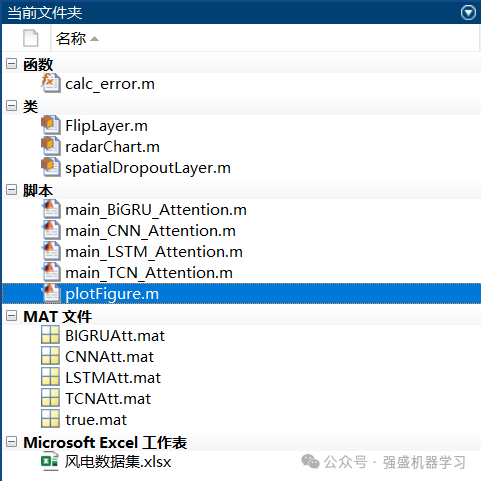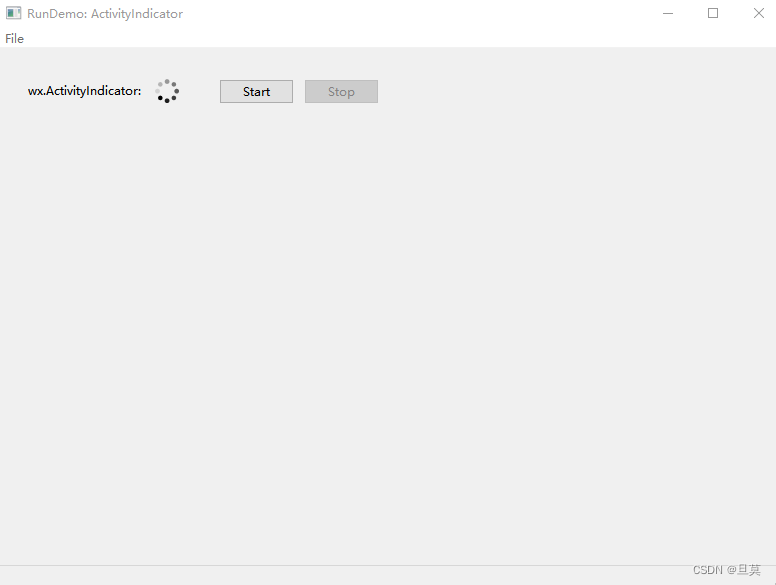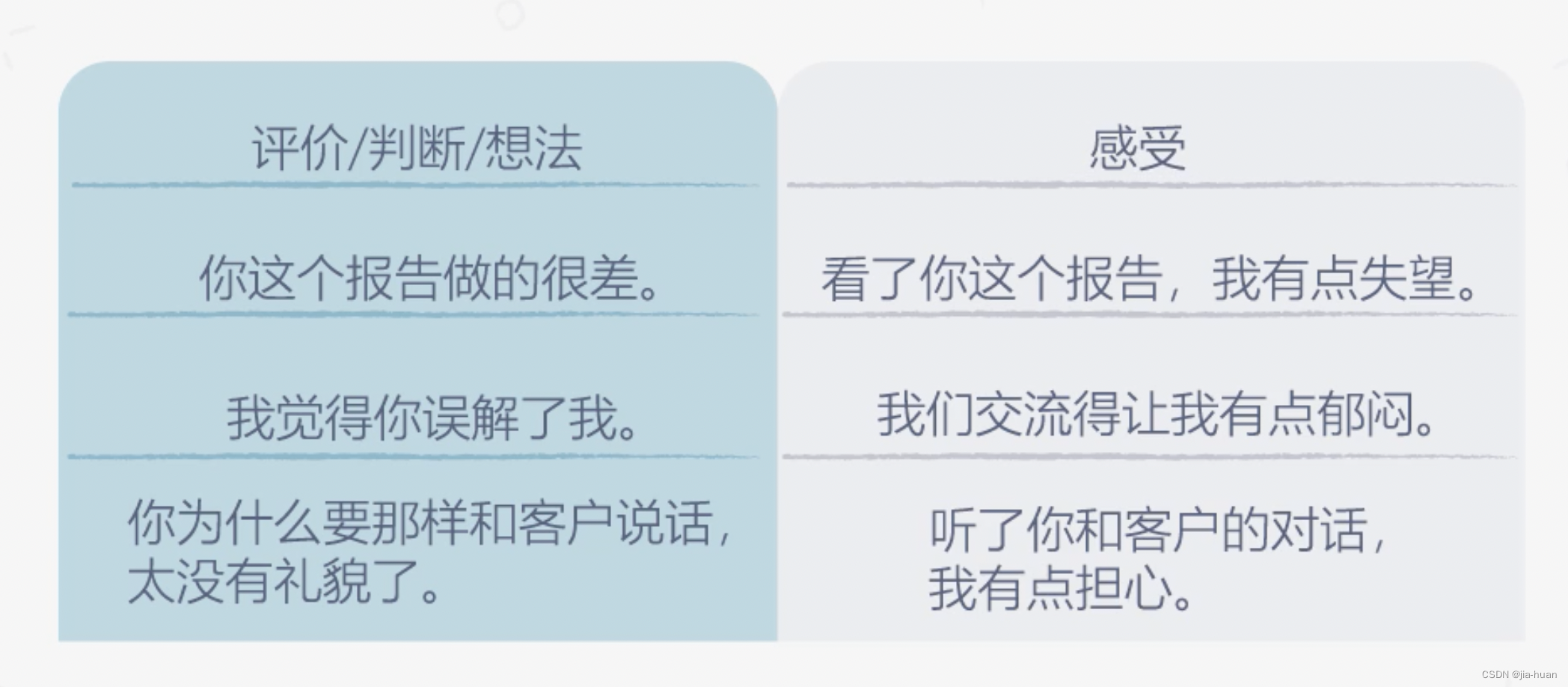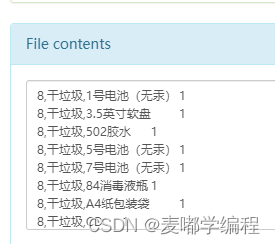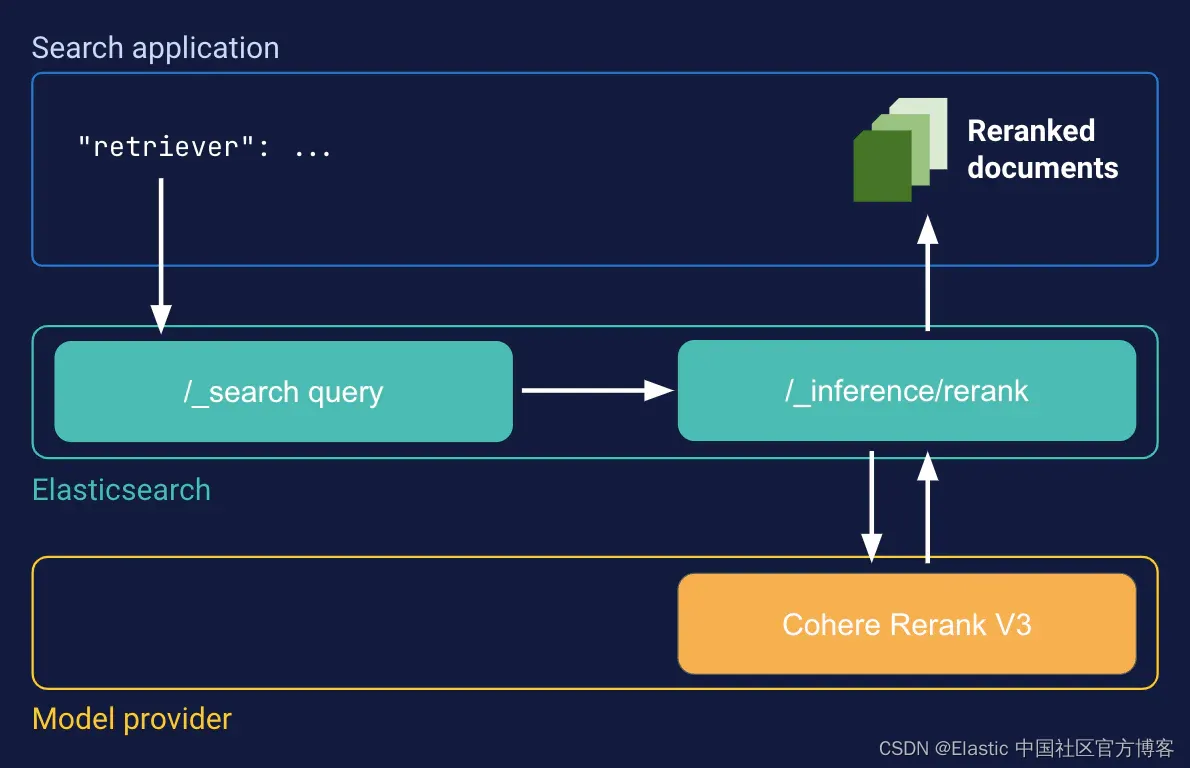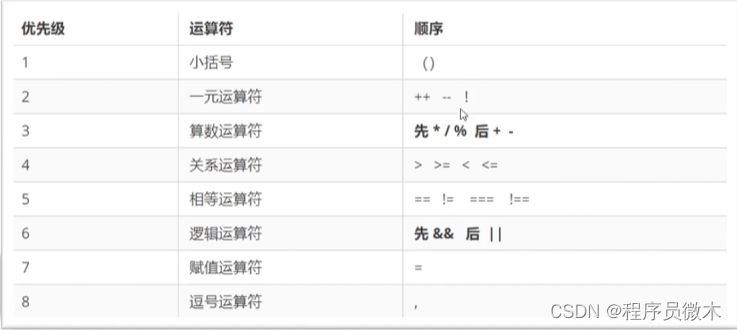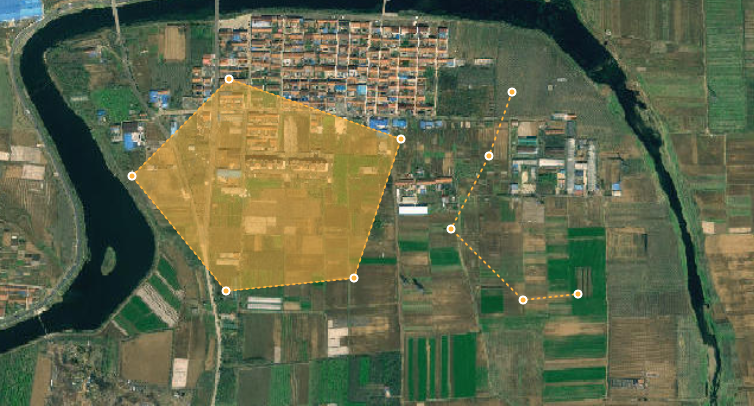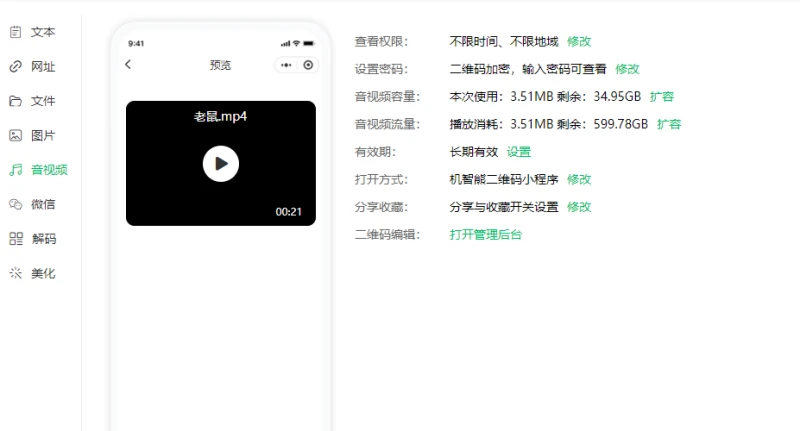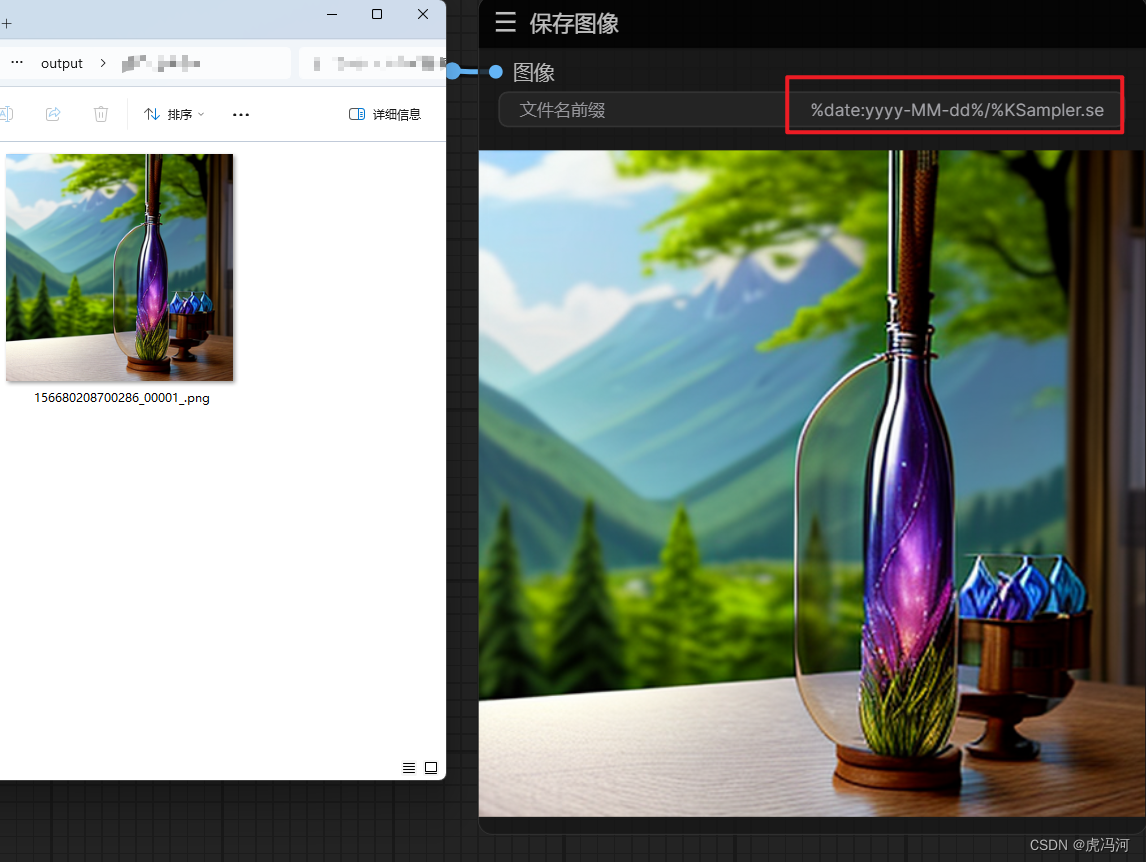目录
一、 常用方法
1.1 构造方法
1.2 字符串比较
1.2.1 == 比较是否引用同一个对象
1.2.2 boolean equals(按照字典序比较 )
1.2.3 int compareTo(String s) 方法: 按照字典序进行比较
1.2.4 int compareToIgnoreCase(String str)
1.3 字符串查找
1.4 转化
1.4.1 数值和字符串转化
1.4.2 大小写转换
1.4.3 字符串转数组
1.4.4 格式化
1.5 字符串替换
1.6 字符串拆分
1.7 字符串截取
1.8 其他操作方法
1.9 字符串的不可变性
二、StringBuilder和StringBuffer
2.1 StringBuilder的介绍
一、 常用方法
1.1 构造方法
String 类提供的构造方式非常多,常用的有以下三种
public static void main(String[] args) {
String s1 = "hello world!";
System.out.println(s1);
// 直接常量串构造
String s2 = new String("hellohellohello!");
System.out.println(s2);
//new一个
char[] arr = {'h', 'e', 'l', 'l', 'o'};
String s3 = new String(arr);
System.out.println(s3);
// 使用字符数组构造
}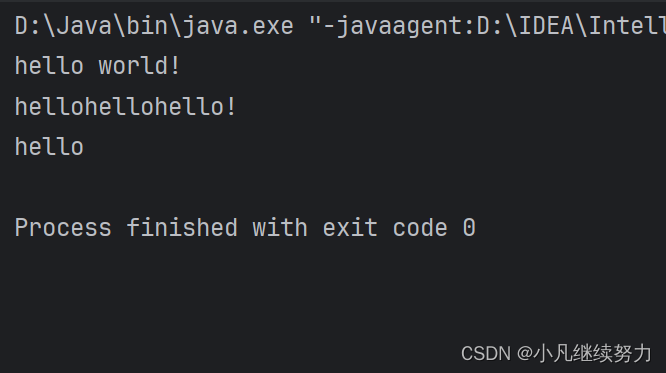
需要注意的是 String 是引用数据类型,内部并不存储字符串本身
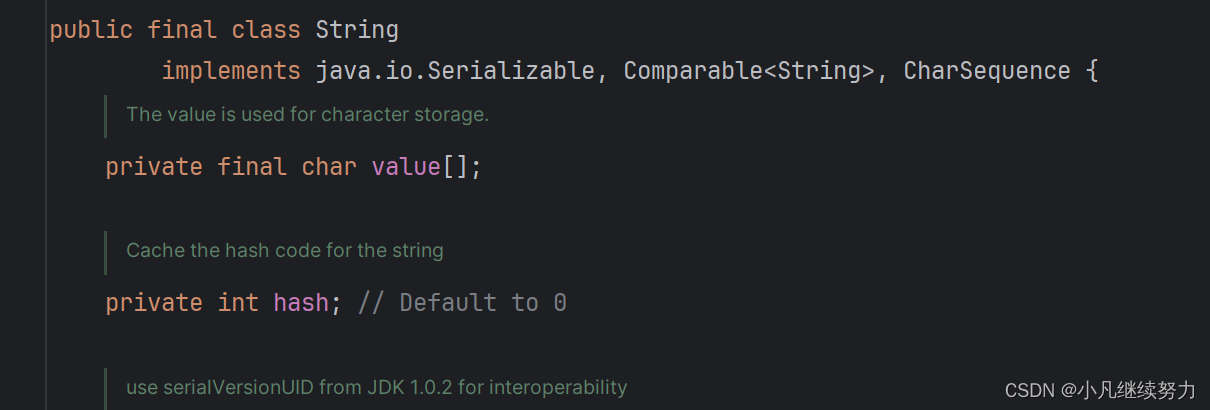

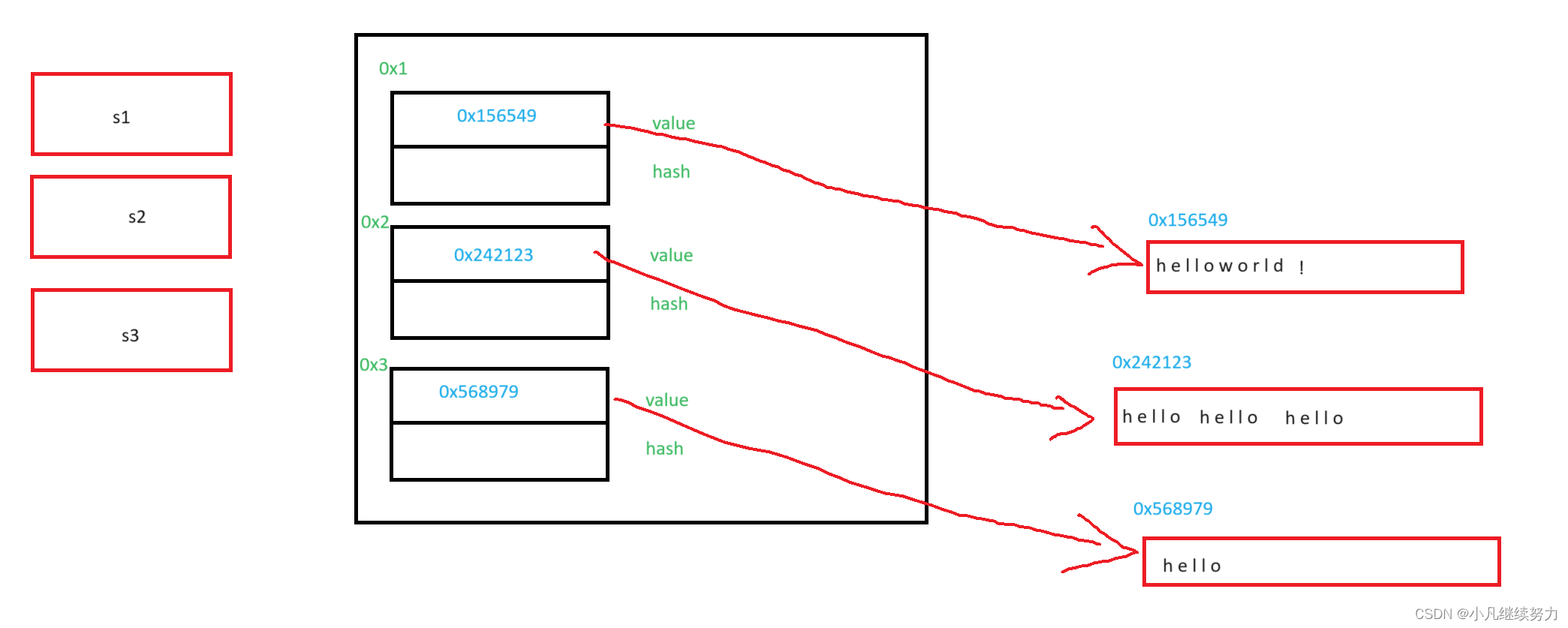
public static void main(String[] args) {
System.out.println("hello".length());
}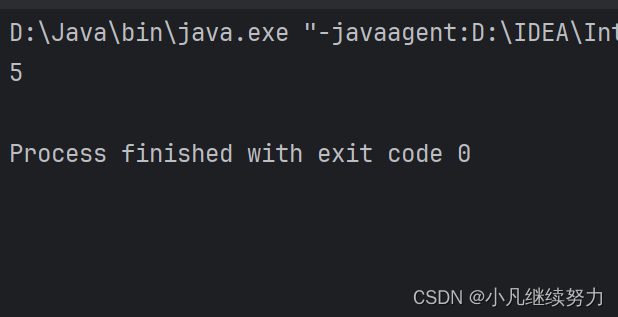
1.2 字符串比较
Java 中提供了4种比较方式
1.2.1 == 比较是否引用同一个对象
因为 String 属于引用数据类型,== 比较的是引用的地址
public static void main(String[] args) {
String s1 = new String("hello");
String s2 = new String("hello");
System.out.println(s1 == s2);
}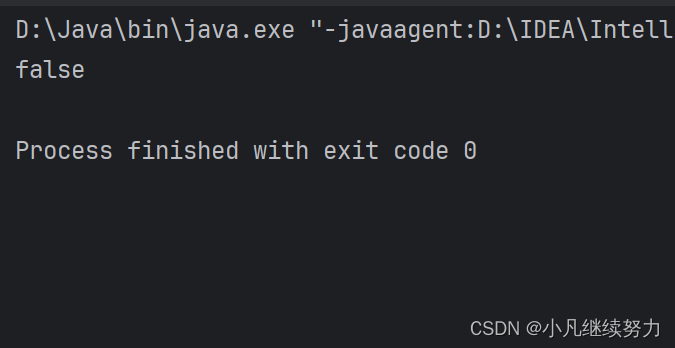
1.2.2 boolean equals(按照字典序比较 )
String 类重写了父类 Object 中 equals 方法,Object 中 equals 默认按照 == 比较,String 重写
equals 方法
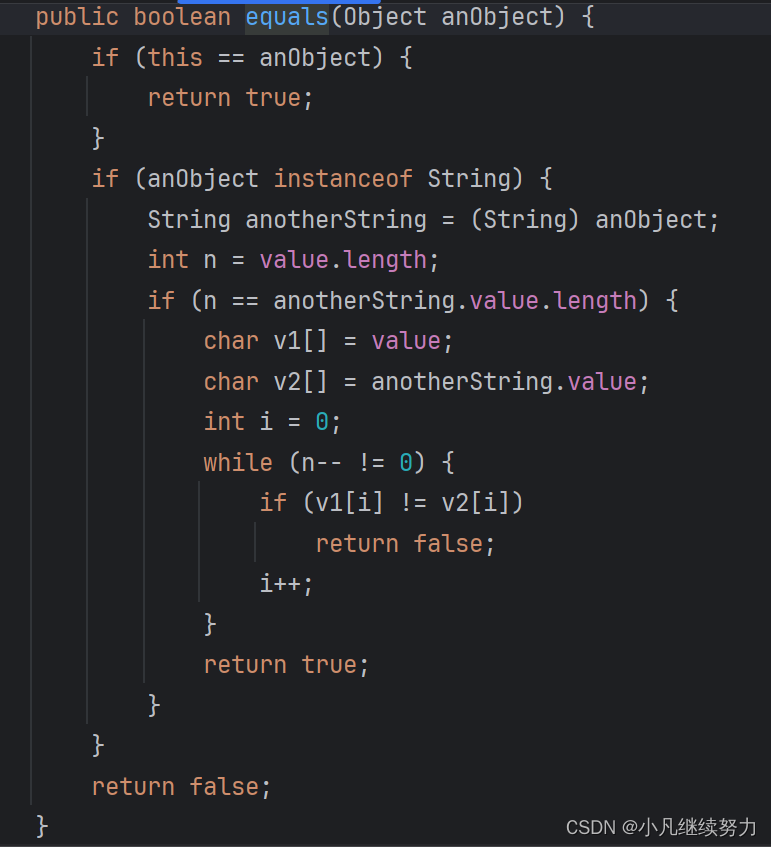
public static void main(String[] args) {
String s1 = new String("hello");
String s2 = new String("hello");
System.out.println(s1.equals(s2));
}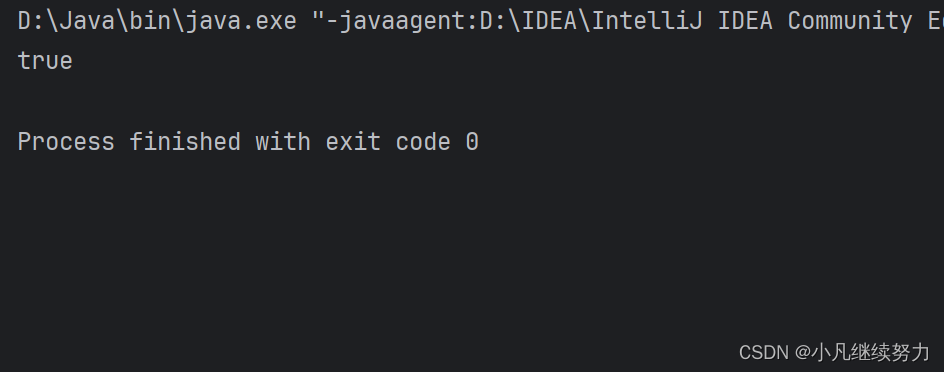
1.2.3 int compareTo(String s) 方法: 按照字典序进行比较
String 类中实现了 Comparable 接口
实现了 compareTo 方法
比较方法类似于 C语言 中的 strcmp
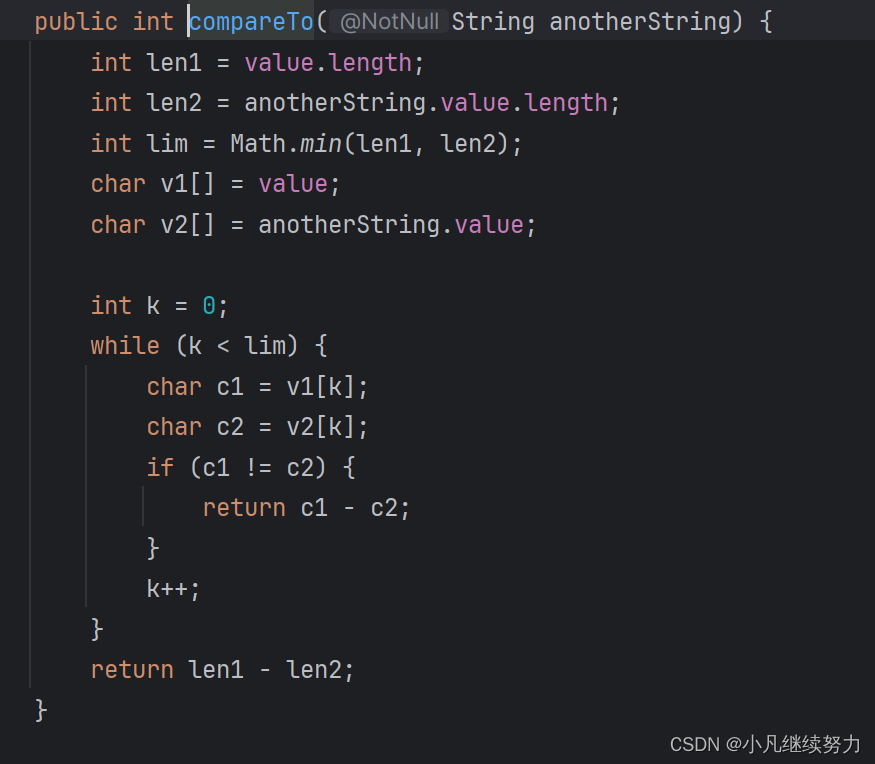
public static void main(String[] args) {
String s1 = new String("helloa");
String s2 = new String("hellob");
String s3 = new String("hello123456");
String s4 = new String("hello");
System.out.println(s1.compareTo(s2));
System.out.println("================");
System.out.println(s3.compareTo(s4));
}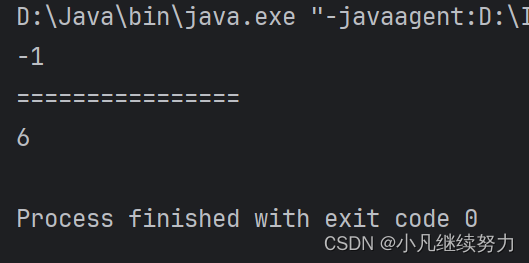
1.2.4 int compareToIgnoreCase(String str)
与compareTo方式相同,但是忽略大小写比较
public static void main(String[] args) {
String s1 = new String("abc");
String s2 = new String("ABC");
String s3 = new String("ABc");
String s4 = new String("aBC");
System.out.println(s1.compareToIgnoreCase(s2));
System.out.println(s1.compareToIgnoreCase(s3));
System.out.println(s1.compareToIgnoreCase(s4));
}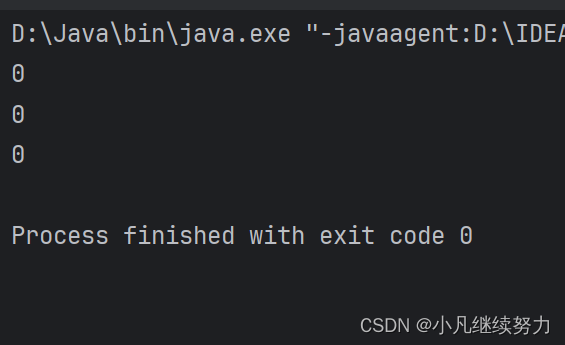
1.3 字符串查找
| 方法 | 功能 |
|
char charAt(int index)
|
返回
index
位置上字符,如果
index
为负数或者越界,抛出 ndexOutOfBoundsException异常
|
|
int indexOf(int ch)
|
返回
ch
第一次出现的位置,没有返回
-1
|
|
int indexOf(int ch, int fromIndex)
|
从
fromIndex
位置开始找
ch
第一次出现的位置,没有返回
-1
|
|
int indexOf(String str)
|
返回
str
第一次出现的位置,没有返回
-1
|
|
int indexOf(String str, int fromIndex)
|
从
fromIndex
位置开始找
str
第一次出现的位置,没有返回
-1
|
|
int lastIndexOf(int ch)
|
从后往前找,返回
ch
第一次出现的位置,没有返回
-1
|
|
int lastIndexOf(int ch, int fromIndex)
|
从
fromIndex
位置开始找,从后往前找
ch
第一次出现的位置,没有返回-1
|
|
int lastIndexOf(String str)
|
从后往前找,返回
str
第一次出现的位置,没有返回
-1
|
|
int lastIndexOf(String str, int fromIndex)
|
从
fromIndex
位置开始找,从后往前找
str
第一次出现的位置,没有返回-1
|
1.4 转化
1.4.1 数值和字符串转化
数字转字符串可以使用 valueOf 方法
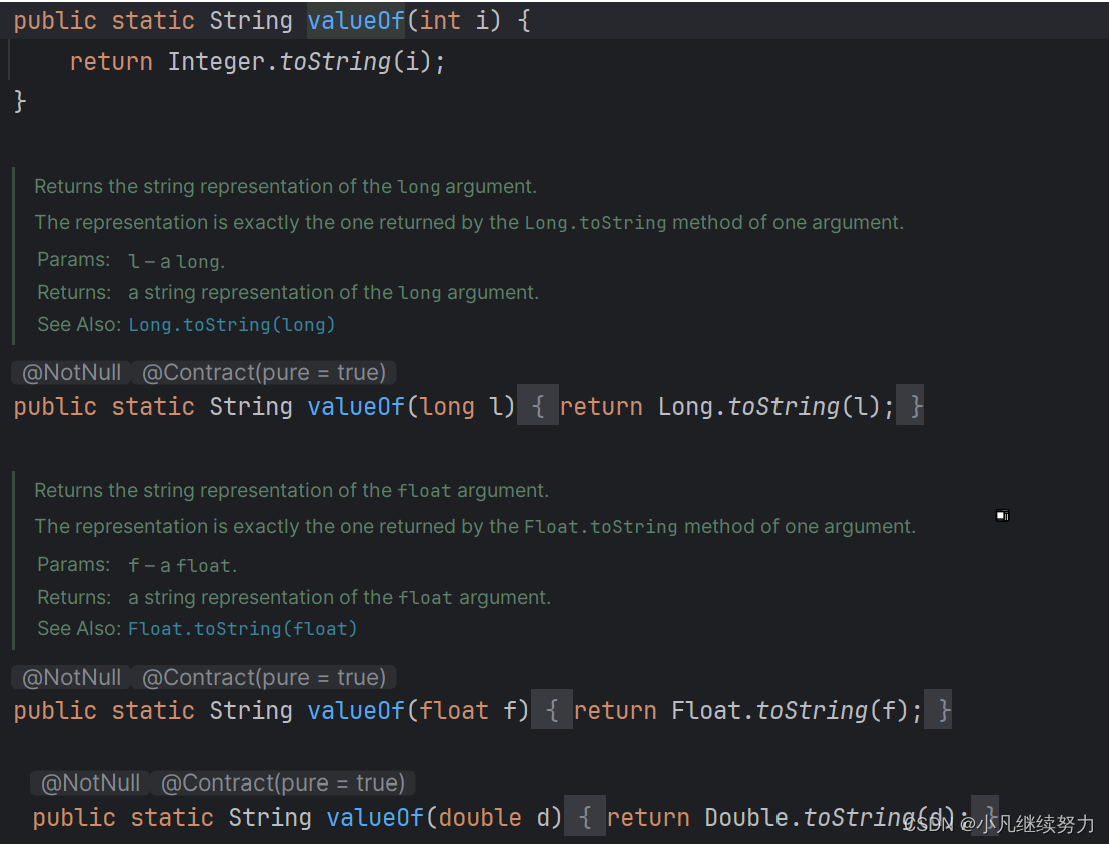
可以看到 valueOf 是重载方法
public static void main(String[] args) {
String s1 = String.valueOf(123456);
System.out.println(s1);
String s2 = String.valueOf(521.2);
System.out.println(s2);
}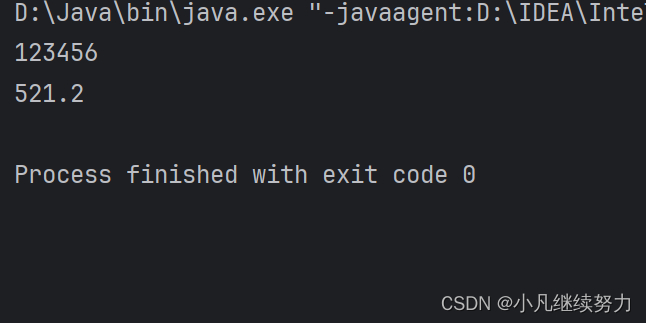
字符串转数字可以使用
Integer.parseInt
Double.parseDouble
等
public static void main(String[] args) {
String s1 = String.valueOf(123456);
System.out.println(s1);
String s2 = String.valueOf(521.2);
System.out.println(s2);
System.out.println("=============");
int data1 = Integer.parseInt(s1);
System.out.println(data1);
double data2 = Double.parseDouble(s2);
System.out.println(data2);
}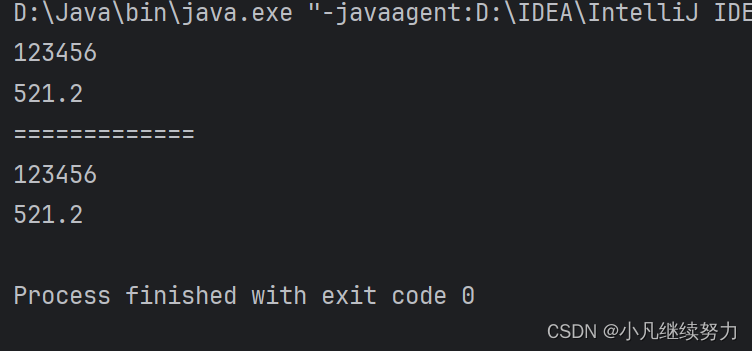
1.4.2 大小写转换
toUpperCase 转大写
toLowerCase 转小写
public static void main(String[] args) {
String s1 = "abcdefg";
String s2 = "ABCDEFG";
System.out.println(s1.toUpperCase());
System.out.println(s2.toLowerCase());
}
1.4.3 字符串转数组
可以使用 toCharArray 方法

public static void main(String[] args) {
String s1 = "abcdefg";
char[] chars = s1.toCharArray();
for (int i = 0; i < chars.length; i++) {
System.out.println(chars[i]);
}
}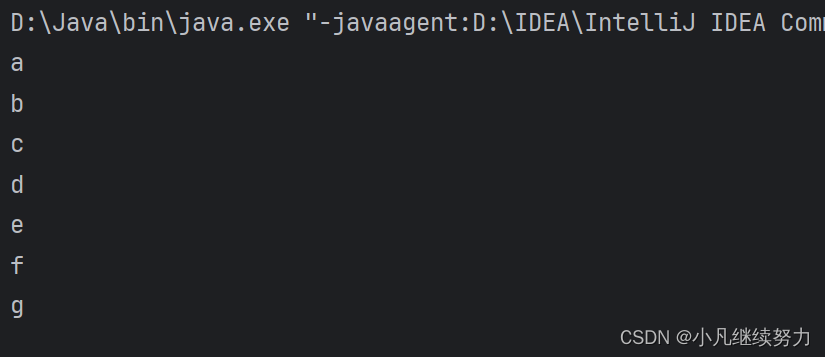
1.4.4 格式化
public static void main(String[] args) {
String s = String.format("%d-%d-%d", 1111, 1,11);
System.out.println(s);
}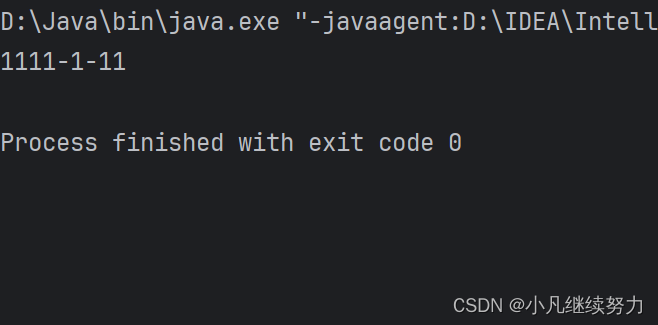
1.5 字符串替换
|
方法
|
功能
|
|
String replaceAll(String regex, String replacement)
|
替换所有的指定内容
|
|
String replaceFirst(String regex, String replacement)
|
替换首个内容
|
public static void main(String[] args) {
String str = "hello" ;
System.out.println(str.replaceAll("l", "_"));
System.out.println(str.replaceFirst("l", "_"));
}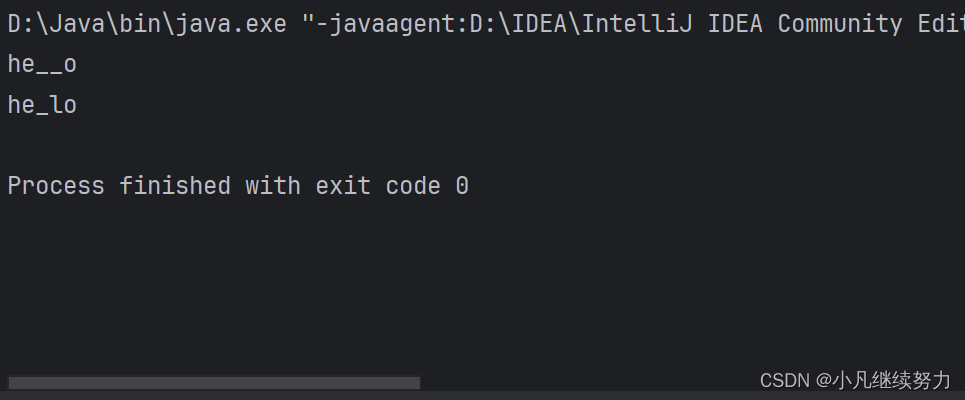
由于字符串是不可变对象, 替换不修改当前字符串, 而是产生一个新的字符串.
1.6 字符串拆分
| 方法 | 功能 |
|
String[] split(String regex)
|
将字符串全部拆分
|
|
String[] split(String regex, int limit)
|
将字符串以指定的格式,拆分为
limit
组
|
public static void main(String[] args) {
String str = "I love Java!";
String[] strings = str.split(" ");
for (String string:strings){
System.out.println(string);
}
}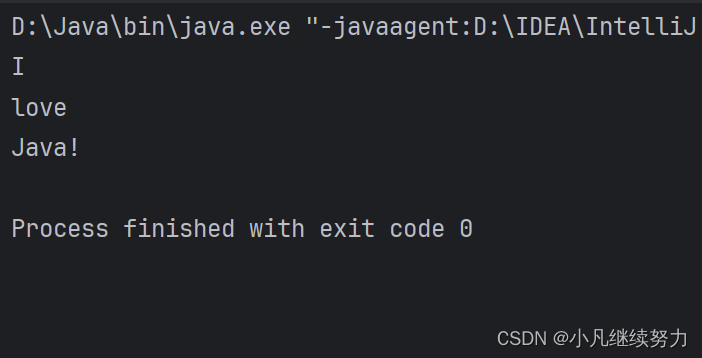
public static void main(String[] args) {
String str = "I love Java!";
String[] strings = str.split(" ",2);
for (String string:strings){
System.out.println(string);
}
}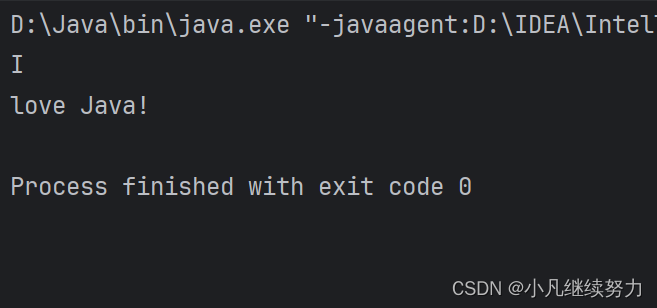
也会出现特殊情况
public static void main(String[] args) {
String str = "123.456.789";
String[] strings = str.split(".");
for (String string:strings){
System.out.println(string);
}
}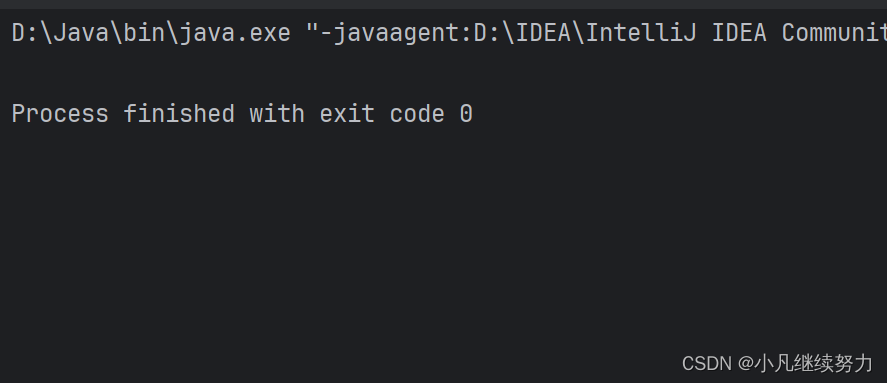
可以看到分割并没有成功
public static void main(String[] args) {
String str = "123.456.789";
String[] strings = str.split("\\.");
for (String string:strings){
System.out.println(string);
}
}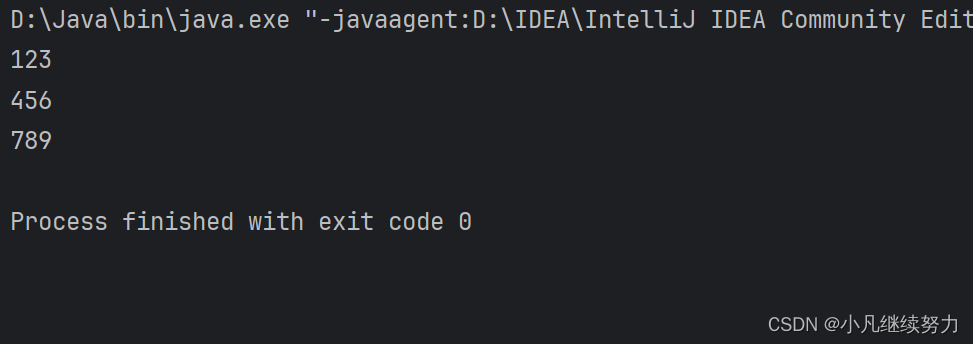
而如果是 "\\" ,那么就得写成 "\\\\"
public static void main(String[] args) {
String str = "123\\456\\789";
String[] strings = str.split("\\\\");
for (String string:strings){
System.out.println(string);
}
}
如果一个字符串中有多个分隔符,可以用"|"作为连字符.
public static void main(String[] args) {
String str = "name=12age%15&11";
String[] strings = str.split("=|%|&");
for (String string:strings){
System.out.println(string);
}
}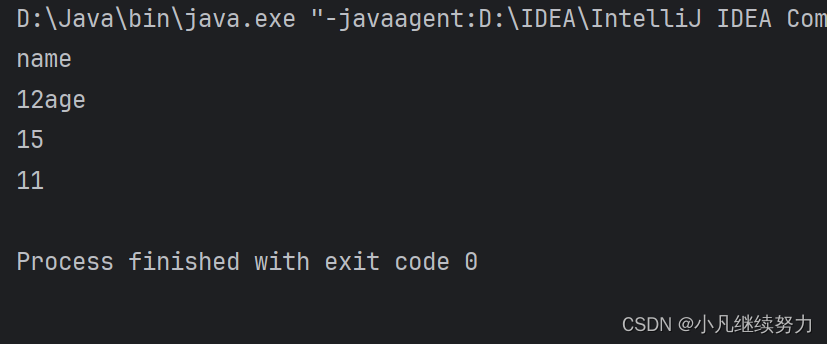
1.7 字符串截取
| 方法 | 功能 |
|
String substring(int beginIndex)
|
从指定索引截取到结尾
|
|
String substring(int beginIndex, int endIndex)
|
截取部分内容
|
public static void main(String[] args) {
String str = "hello world!";
System.out.println(str.substring(5));
System.out.println(str.substring(0,5));
}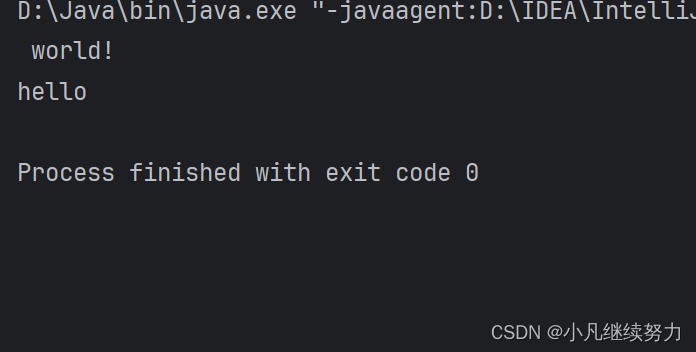
需要注意的是他的区间是左闭右开
substring(0, 5) 表示包含 0 号下标的字符, 不包含 5 号下标
1.8 其他操作方法
| 方法 | 功能 |
|
String trim()
|
去掉字符串中的左右空格
,
保留中间空格
|
public static void main(String[] args) {
String str = " hello world! ";
System.out.println(str);
System.out.println(str.trim());
}1.9 字符串的不可变性
public static void main(String[] args) {
String str = "hello world!";
System.out.println(str.toUpperCase());
System.out.println(str);
}
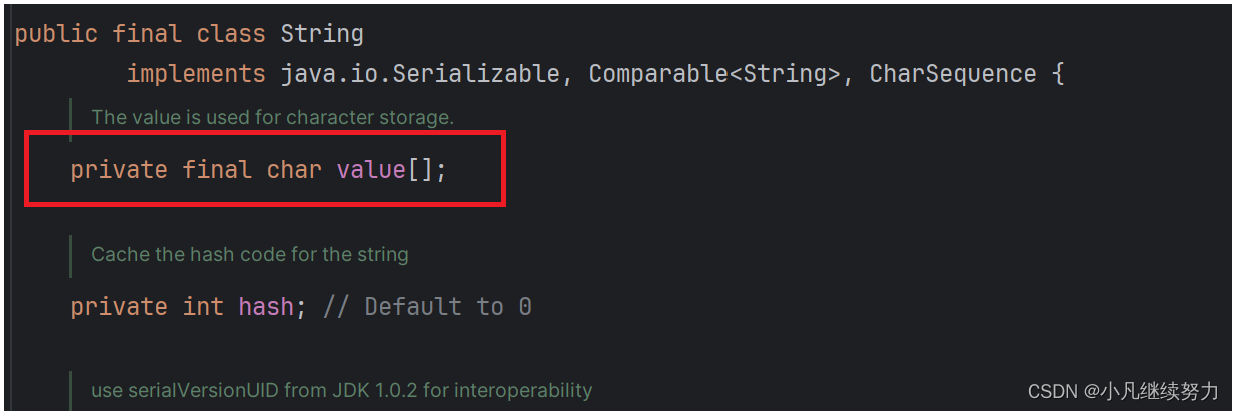
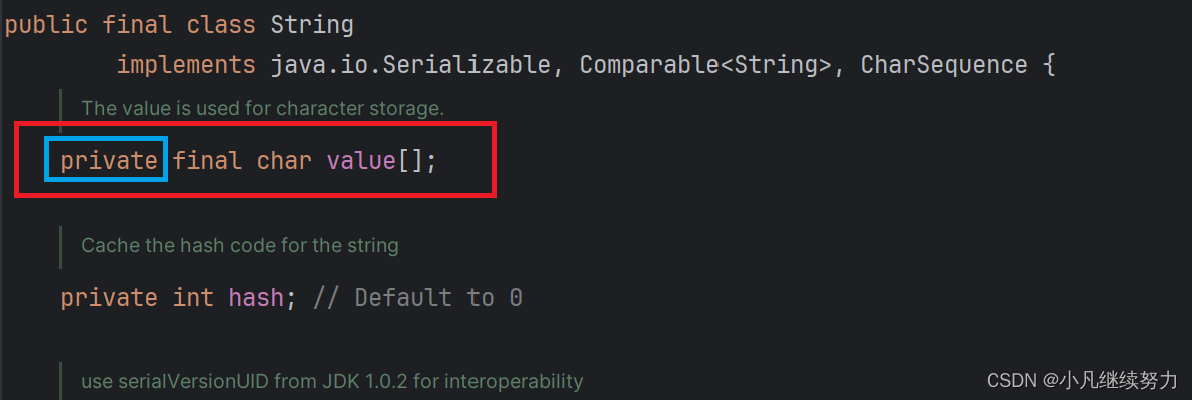
二、StringBuilder和StringBuffer
由于 String 的不可更改特性,为了方便字符串的修改,Java中供 StringBuilder 和 StringBuffer
类。
public static void main(String[] args) {
String str = "hello";
str += "world!";
System.out.println(str);
}这里看一下这部分代码的底层是怎么执行的

可以看到
底层在执行这段代码的时候其实进行了多部操作
其实这里相当于是这么写
public static void main(String[] args) {
String str = "hello";
StringBuilder stringBuilder = new StringBuilder();
stringBuilder.append(str);
stringBuilder.append("world!");
str = stringBuilder.toString();
System.out.println(str);
}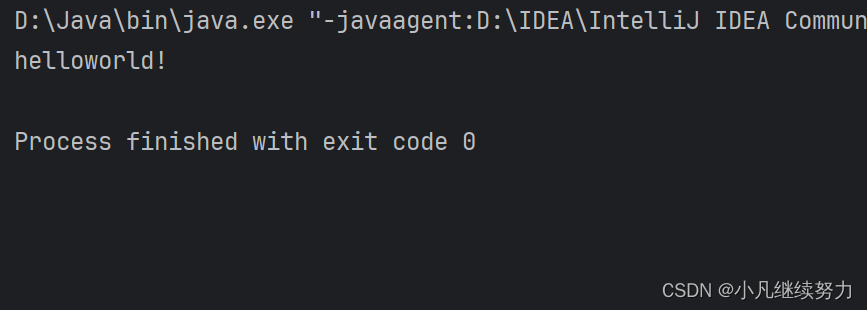
这个过程中出现了 StringBuilder
public static void main(String[] args) {
long start = System.currentTimeMillis();
String s = "";
for(int i = 0; i < 10000; ++i){
s += i;
}
long end = System.currentTimeMillis();
System.out.println("String:" + (end - start));
start = System.currentTimeMillis();
StringBuffer sbf = new StringBuffer("");
for(int i = 0; i < 10000; ++i){
sbf.append(i);
}
end = System.currentTimeMillis();
System.out.println("StringBuffer:" + (end - start));
start = System.currentTimeMillis();
StringBuilder sbd = new StringBuilder();
for(int i = 0; i < 10000; ++i){
sbd.append(i);
}
end = System.currentTimeMillis();
System.out.println("StringBuilder:" + (end - start));
}这这一段代码中循环都是个字符串进行拼接
不同的是分别使用 String StringBuffer StringBuilder
那么输出的是执行这一个过程需要的时间,单位是毫秒
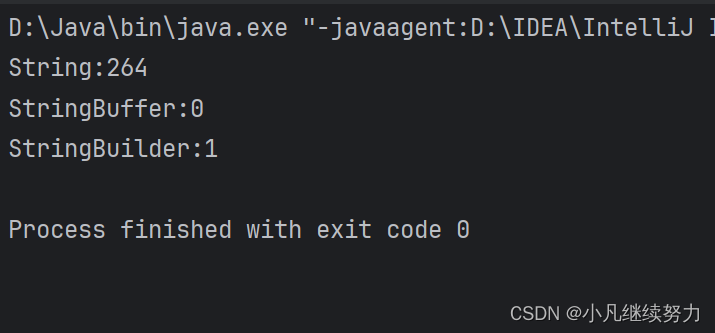
可以看到
String 类的拼接效率远低于 StringBuffer StringBuilder
且 StringBuffer StringBuilder 之间的差距可以忽略不计
StringBuffer StringBuilder 拼接效率高的原因再与 append 方法
再看一下这个代码的底层是怎么执行的

此处对应的是

这个循环
可以看到的是每次进入循环都需要 new 一个对象


对应这个循环
可以看到的是他就不需要 new 对象了
而 String 类型就是因为要不停的创建对象销毁对象
造成效率低下

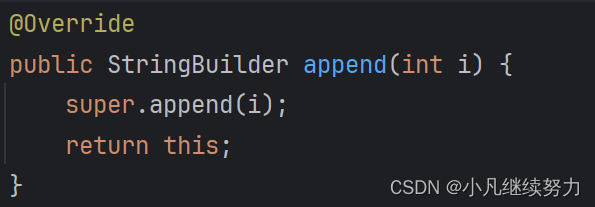
2.1 StringBuilder的介绍
| 方法 | 功能 |
|
StringBuff append(String str)
|
在尾部追加,相当于
String
的
+=
,可以追加:
boolean
、
char
、
char[]
、 double、
float
、
int
、
long
、
Object
、
String
、
StringBuff
的变量
|
|
char charAt(int index)
|
获取
index
位置的字符
|
|
int length()
|
获取字符串的长度
|
|
int capacity()
|
获取底层保存字符串空间总的大小
|
|
void ensureCapacity(int
mininmumCapacity)
|
扩容
|
|
void setCharAt(int index, char ch)
|
将
index
位置的字符设置为
ch
|
|
int indexOf(String str)
|
返回
str
第一次出现的位置
|
|
int indexOf(String str, int
fromIndex)
|
从
fromIndex
位置开始查找
str
第一次出现的位置
|
|
int lastIndexOf(String str)
|
返回最后一次出现
str
的位置
|
|
int lastIndexOf(String str, int fromIndex)
|
从
fromIndex
位置开始找
str
最后一次出现的位置
|
|
StringBuff insert(int
offset, String str)
|
在
offset
位置插入:八种基类类型
& String
类型
& Object
类型数据
|
|
StringBuffer
deleteCharAt(int index)
|
删除
index
位置字符
|
|
StringBuffer delete(int
start, int end)
|
删除
[start, end)
区间内的字符
|
|
StringBuffer replace(int
start, int end, String str)
|
将
[start, end)
位置的字符替换为
str
|
|
String substring(int start)
|
从
start
开始一直到末尾的字符以
String
的方式返回
|
|
String substring(int start,
int end)
|
将
[start, end)
范围内的字符以
String
的方式返回
|
|
StringBuffer reverse()
|
反转字符串
|
|
String toString()
|
将所有字符按照
String
的方式返回
|
